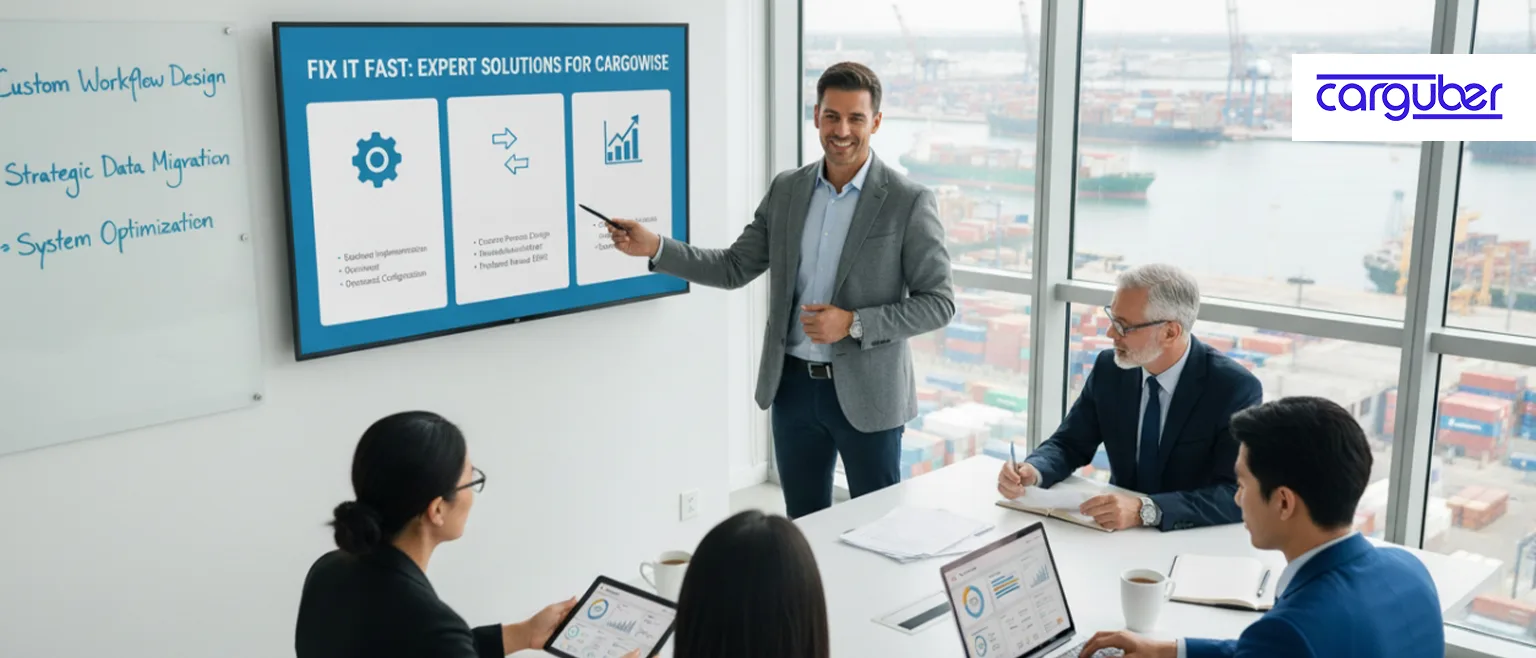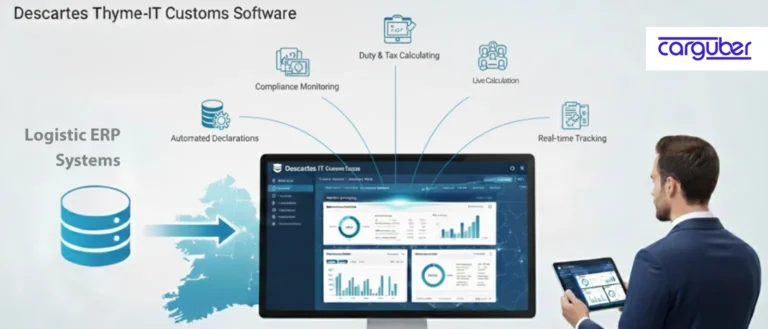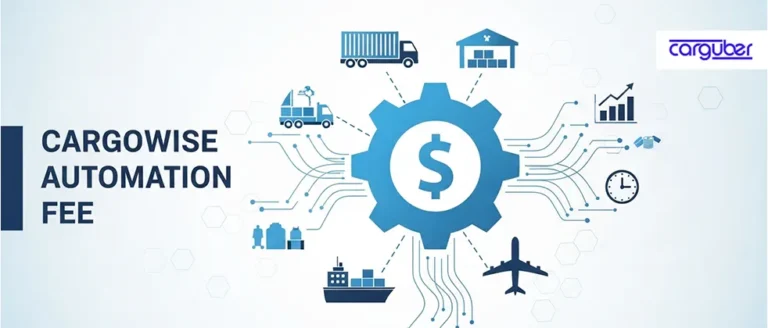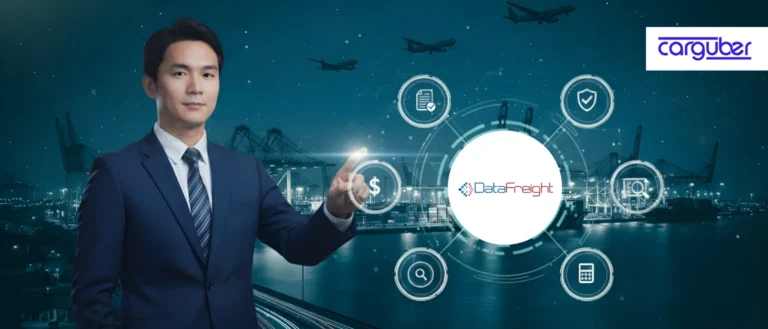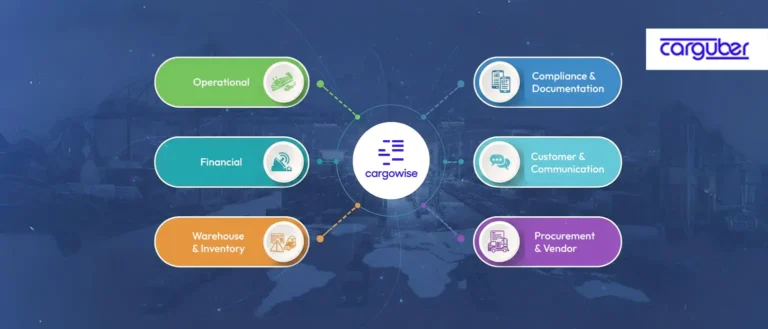Why Freight Forwarders Struggle with CargoWise, and How the Right Help Can Fix It Fast?
Implementing CargoWise is a critical step for any freight forwarder, but going live is only the beginning. Many logistics companies believe that once the system is operational, the primary job is complete. However, shortly after implementation, teams encounter issues; workflows clash with daily operations, users struggle to adjust, and the anticipated efficiency gains have yet to materialize. What was the outcome? Delays, manual work, and a system that feels like a challenge rather than a solution.
CargoWise is cloud-based ERP logistics software, but without proper implementation support, its full potential may not be realized. Even if the software is technically sound, improper configuration, low user adoption, and out-of-date practices can quietly stifle your business operations.
What are the Challenges that Freight Forwarders Face After Implementation?
Most logistics companies experience similar challenges after implementing CargoWise. These issues are not always the result of poor implementation; they are frequently caused by the system’s failure to adapt to changing business requirements.
1. Minimal Post-Go-Live Optimization
After the initial phase of CargoWise’s Next implementation, many businesses stop investing in system evaluation and improvement. As a result, workflows created during the setup phase remain unchanged even when operations change or shift.
Without regular optimization:
- System performance declines
- Manual workarounds increase
- Customer frustration builds over time
2. Poorly Designed Workflows
CargoWise workflows are the driving force behind automated processes. If it is extremely generic or complex, it will slow down your operation and teams rather than speed them up.
Typical signs of workflow issues include:
- Repeated manual processes across departments
- Missing or delayed shipment alerts or milestones
- Delays in shipment creation or documentation
3. Low User Adoption and System Configuration
The efficiency of a system is determined by the people who use it and how the CargoWise system configuration is done. When users are not well-trained or when screens aren’t tailored to certain jobs, adoption declines and errors occur.
Causes of poor user adoption and configuration:
- Teams, over-reliance on spreadsheets instead of system features
- Incorrect or inconsistent data entry across departments
- Increasing resistance to system usage
4. Limited System Integration
CargoWise integrates with carrier portals, customer ERPs, tracking tools, and financial systems. When these integrations are missing or underutilized, your team is forced to make extra effort to fill the gaps manually.
Impacts of Limited Integration:
- Delays in shipment visibility
- Duplicate entry of data across the system
- Unconnected financial and operational reporting
What Happens When These Issues are Left Unchecked?
When workflow inefficiencies, low user adoption, and limited integrations go unaddressed, the consequences compound quickly. Manual processes slowed shipment handling, especially during peak periods, resulting in operational delays. Teams spend too much time fixing errors and chasing updates instead of managing freight, which increases overhead costs.
Financial losses can also occur as a result of delayed invoicing, incorrect charges, or inaccurately billed shipments, which result in revenue leakage. At the same time, customers become frustrated by missed deadlines and poor communication, lowering service quality and satisfaction.
How Can the Right CargoWise Help Fix it Quickly?
Fixing these issues does not necessitate a complete system rebuild. With the right CargoWise consultant support, you can realign your setup to match your business model and objectives. Carguber specializes in identifying and resolving these issues quickly and without disrupting your day-to-day operations.
1. System Review Based on Business Operations
The first step involves a practical review of your current CargoWise setup, aligned closely with your business workflows. This process focuses on ensuring system usage matches real operational needs, identifying untapped features that can improve efficiency, and uncovering obstacles in areas like data entry, document creation, and financial transactions. By taking this approach, businesses gain a clear, actionable roadmap for targeted improvements rather than relying on guesswork.
2. Workflow Optimization and Automation
Once we understand how your business operates, we refine your workflows to enhance performance without adding complexity. This involves removing unnecessary steps and duplicate triggers, implementing event-driven task automation, simplifying screen navigation to reduce user confusion, and aligning workflows with customer SLAs and internal KPIs. By optimizing processes in this manner, you can reduce turnaround times and improve shipment visibility for both your teams and customers.
3. Customization for Role-Based Efficiency
Not every user requires access to every module or function. We configure CargoWise screens, roles, and permissions to align with real-world job responsibilities. This includes creating role-specific window layouts, simplifying data entry screens, designing tailored dashboards for operations, sales, and finance teams, and defining an appropriate authorization hierarchy where needed. With cleaner, purpose-built interfaces, your team works more efficiently, makes fewer errors, and uses the system consistently.
4. Strategic Integration with External Systems
To eliminate manual updates and data silos, we help integrate CargoWise with your external ecosystem. Key areas include syncing financials and operations through SAP integration, automating accounting tasks and invoicing, connecting with customs authorities for faster clearance, and simplifying document generation and submission.
Integration also centralizes financial operations for accurate, real-time auditing; connects with third-party logistics providers for end-to-end visibility; aligns staffing, scheduling, and operational resource planning modules; and integrates CargoWise with customer ERPs to automate order and shipment management. By connecting to real-time visibility platforms, this integration reduces manual labor, speeds up operations, and improves overall customer satisfaction.
5. Financial Workflow Alignment
CargoWise has strong financial capabilities, but its true potential is realized only when it is integrated with your operational processes. We help automate customer billing using shipment data, connect costs and revenue directly to each job record, set profit margin alerts at the job level, customize invoice templates and triggers, and integrate CargoWise with your financial system for seamless, automated workflows. This approach reduces billing delays, improves cash flow, and provides a clearer view of profitability across your network.
6. Advanced Reporting and Monitoring
Finally, we set up BI dashboards and exception reports to help you monitor performance in real time. Our reporting framework tracks job status by branch, mode, or customer; generates exception reports for missed milestones or deviations; measures user activity to identify training gaps; and creates custom reports for sales, operations, and finance leaders. With this real-time visibility, you can make better decisions, respond faster to issues, and drive continuous improvement across your organization.
What Makes Carguber Different?
Carguber is not just another CargoWise consultant. We are a team of logistics and technology specialists who understand both the software and the realities of freight forwarding operations.
What sets us apart:
- Deep CargoWise experience across land, air, ocean, and customs workflows
- A business-first approach that focuses on outcomes, not just configurations
- Proven expertise in end-to-end CargoWise implementation, customization, API integrations, and automation
- Dedicated support tailored to your development stage and operational needs
- Global reach with clients across countries
We meet you where you are and get you where you want to be faster, with no disruption
Conclusion
CargoWise is designed to support global, scalable logistics operations, but its full potential is only realized when it is customized to your specific business needs. If you are experiencing operational delays, manual data entry, or limited visibility, the system is not broken; it simply requires the necessary upgrades. Ignoring these challenges can lead to missed milestones, dissatisfied customers, and operational inefficiencies that impact profitability. The good news is that a complete overhaul is not required; what is required is expert CargoWise support and helpdesk. Contact us today for tailored CargoWise solutions that streamline operations and drive growth.
